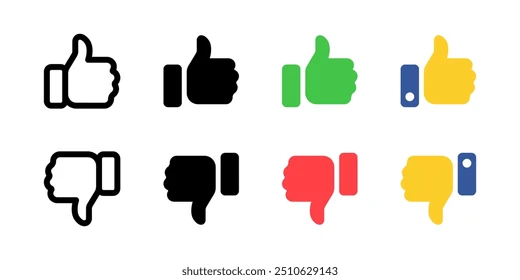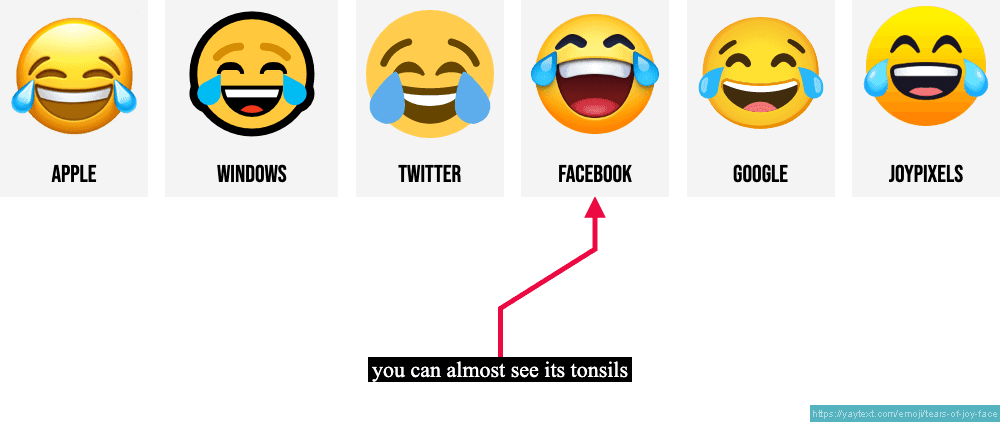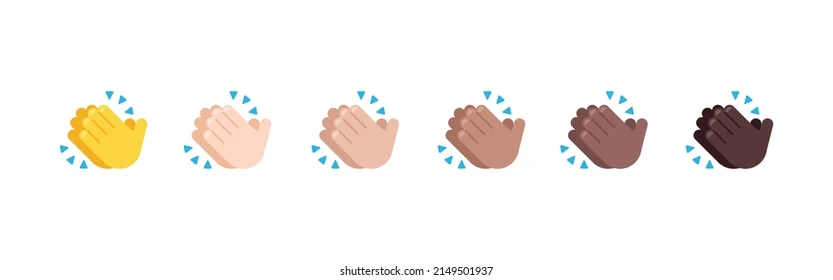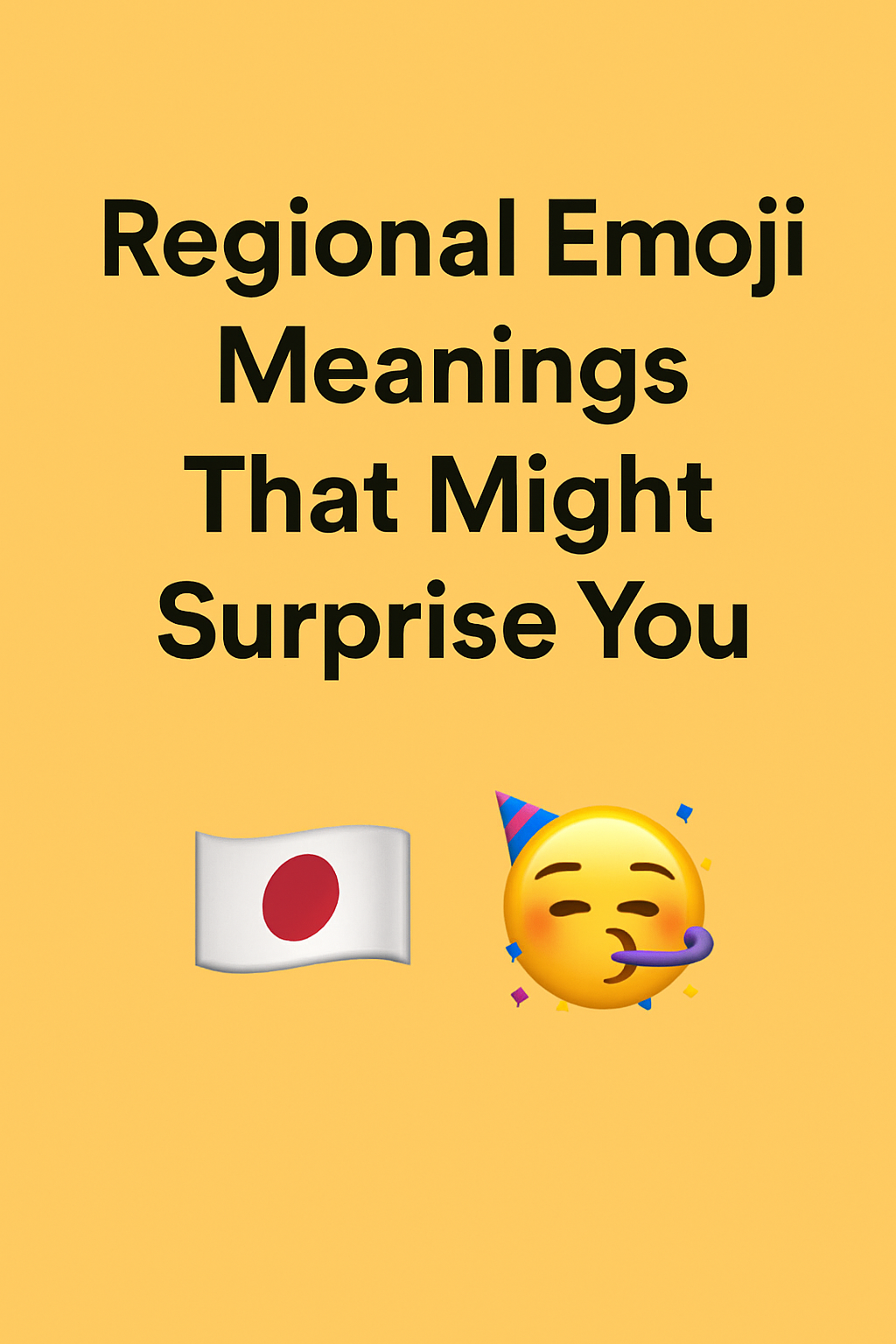In today’s globalized world, emojis have become a universal language. Yet, while emojis may look the same worldwide, their meanings can change drastically depending on the region. A symbol that expresses gratitude in one country may be interpreted as a prayer or even sarcasm in another. These subtle cultural shifts in emoji meanings often lead to confusion—and sometimes embarrassment—during digital communication.
This article explores the regional emoji meanings that might surprise you, why it’s important to understand them, and how you can use tools like the Emoji Copy Paste Tool to avoid miscommunication across cultures.
Why Emoji Interpretation Varies Around the World
While emojis are designed to simplify digital expression, their visual nature allows for open interpretation, which is shaped by culture, religion, habits, and even internet trends. Different regions assign unique meanings to the same emoji based on:
- Local traditions or etiquette
- Religious symbols or gestures
- Popular social apps and meme culture
- Language tone and context
Understanding these differences is especially crucial for marketers, social media managers, educators, and international collaborators.
Folded Hands Emoji: Gratitude or Prayer?
One of the most misinterpreted emojis globally is the folded hands symbol. Here’s how different regions perceive it:

- In Japan and parts of Southeast Asia, it’s used as a sign of gratitude or apology.
- In Western countries, it is often viewed as a symbol of prayer.
- Some social media users, especially younger generations, interpret it as a high five.
This single emoji highlights how a tool like an emoji copy paste platform can help clarify context by offering categorized meanings and examples before usage.
Thumbs Up Emoji: Universal Approval or Offensive?
The thumbs up emoji may seem like a positive gesture, but it has surprising cultural variations:

- In the USA and UK, it signals approval or agreement.
- In countries like Greece, Iran, and parts of the Middle East, it may be considered rude or dismissive.
- In online gaming, it can sometimes carry sarcasm or mockery, depending on context.
Always think twice before using this emoji in cross-cultural digital communication, especially in professional emails or group chats.
Face with Tears of Joy: Fun or Insult?
While the laughing with tears emoji is globally recognized, its meaning can be misunderstood:

- In the West, it symbolizes genuine laughter or comedy.
- In some Asian cultures, it’s used to express embarrassment or nervous laughter.
- On platforms like Twitter, it can sometimes be used ironically or sarcastically, especially when mocking a situation.
When targeting different regions in digital marketing or social content, consider how the audience interprets humor.
Red Heart Emoji: Romance or Respect?
The red heart emoji seems straightforward, but regional variations exist:

- In the United States and Europe, it’s usually romantic.
- In many Asian and Middle Eastern countries, it is commonly used to show respect, sincerity, or friendship.
- In professional settings, using a heart emoji might be considered inappropriate or overly personal depending on local customs.
This is where smart emoji use through a free online emoji copy paste tool can help professionals stay within respectful boundaries.
Peach Emoji: Fruit or Flirtation?
The peach emoji, technically representing a fruit, has evolved into something very different depending on culture:

- In the United States and most of the internet, it has become a cheeky representation of body parts.
- In some countries, it’s still viewed literally as a fruit emoji with no underlying innuendo.
- On family-oriented or professional platforms, its meaning is neutral and safe—unless paired with certain other emojis.
Understanding emoji combinations is just as important as individual meanings.
Clapping Hands Emoji: Praise or Sarcasm?
Clapping hands can represent applause, but it can also carry passive-aggressive or sarcastic tones, especially when spaced out between words in a message.

Examples of variations:
- In formal Asian communication, it is a sign of appreciation.
- In U.S. social media, it’s often used to emphasize a sarcastic tone.
- In business chats, it may be confusing if not supported by clear context.
This is a perfect example where using the Emoji Copy Paste Tool helps preview and understand usage before inserting it into a post or email.
Eye Emoji: Curiosity or Warning?
The eye emoji is another ambiguous symbol:

- In many cultures, it shows alertness or curiosity.
- In the Middle East, an eye symbol might be viewed with spiritual or superstitious significance.
- In Twitter memes, it’s used to signal “watch this” or “pay attention.”
Such diverse meanings can cause confusion if used out of context. Having access to categorized emoji meanings by region ensures clear communication.
How to Avoid Miscommunication With Emojis
Here are a few best practices when using emojis in a cross-cultural or international environment:
- Understand Your Audience – Always consider who you’re talking to and their cultural background.
- Use Clear Language – Don’t rely on emojis to convey your full message.
- Test with Tools – Use trusted emoji tools like the Miscommunication with emojis to browse emoji meanings and categories.
- Avoid Ambiguous Emojis – If you’re unsure how something will be received, avoid emojis with double meanings.
- Stick to Universals in Business – Stick to simple, widely accepted symbols in professional communication.
Why Use an Emoji Copy Paste Tool?
A powerful emoji copy paste website does more than let you copy symbols. It helps you:
- Explore emoji meanings by category
- Choose emojis with clear, safe interpretations
- Create regional-friendly emoji combinations
- Avoid miscommunication in international chats and emails
Our platform at File Converter is designed to support users from all regions with an intuitive interface that removes the guesswork from emoji use.
Conclusion: Use Emojis With Awareness
Emojis may seem universal, but they carry deep regional significance that can either enhance or hinder your message. Whether you’re communicating with international clients, managing global social media accounts, or just chatting with friends abroad, it pays to understand the hidden meanings behind common emojis.
To explore emoji meanings safely and efficiently, visit the Emoji Copy Paste Tool on our website and copy your favorite emojis with confidence.
Let your symbols speak the right language—every time.

